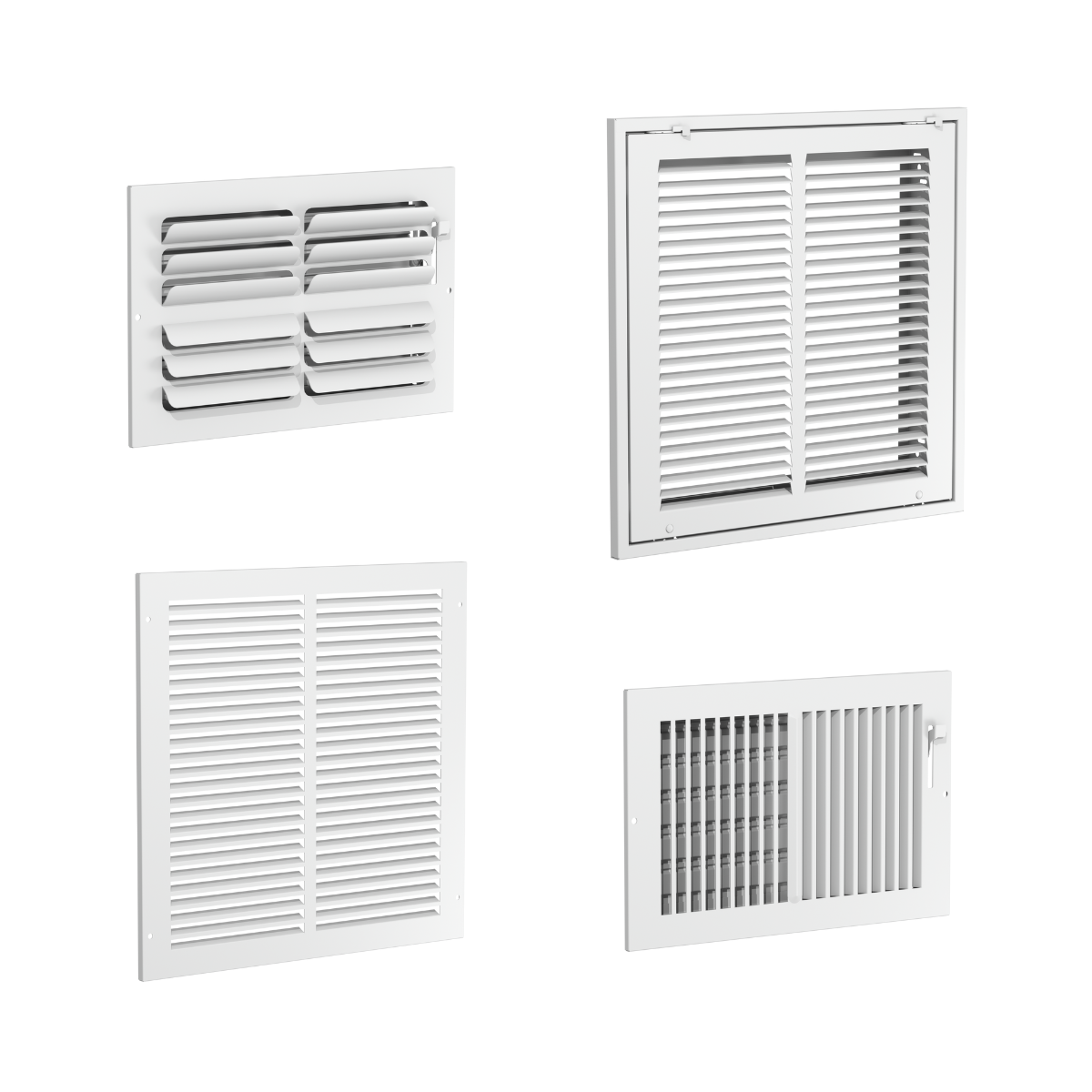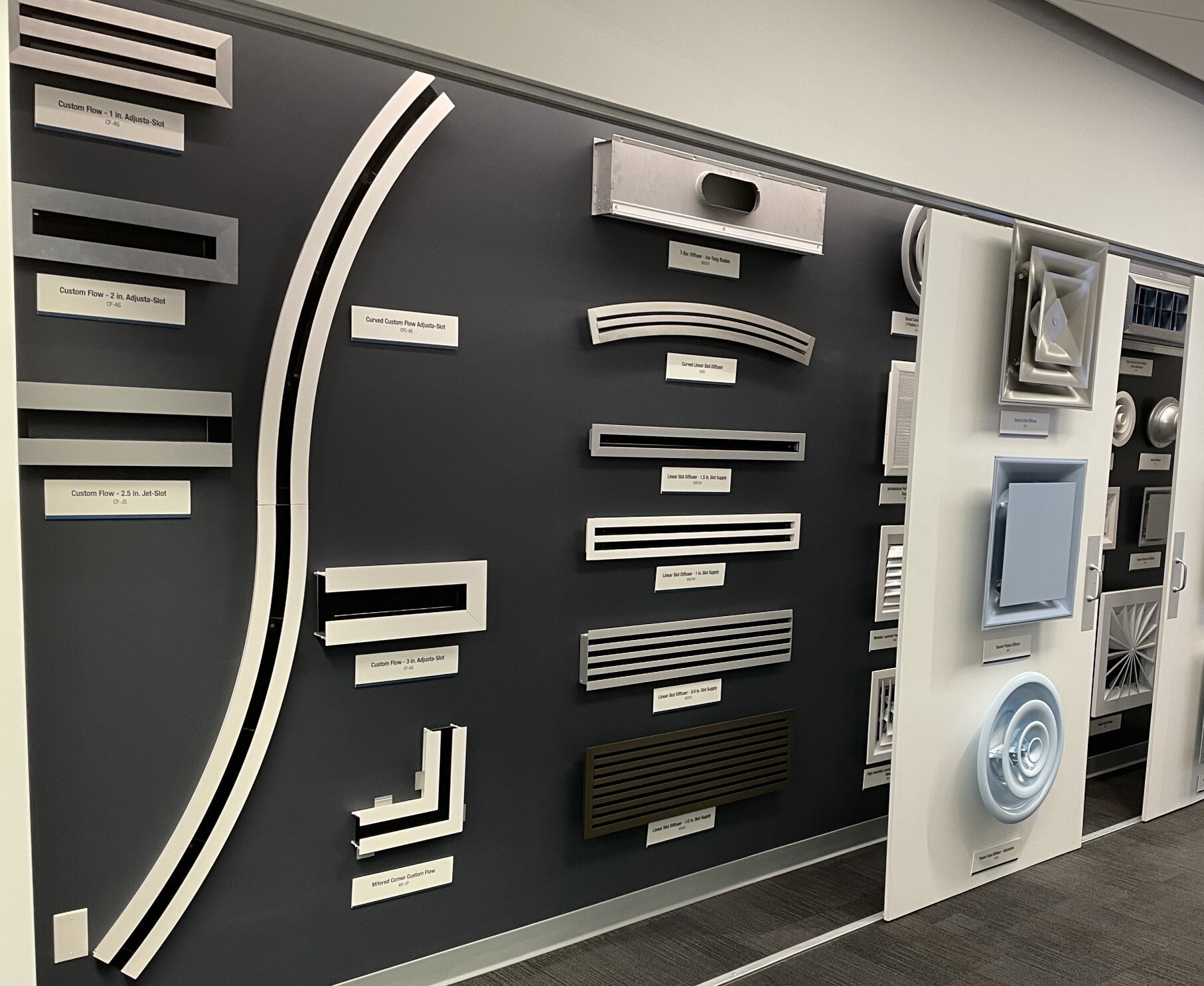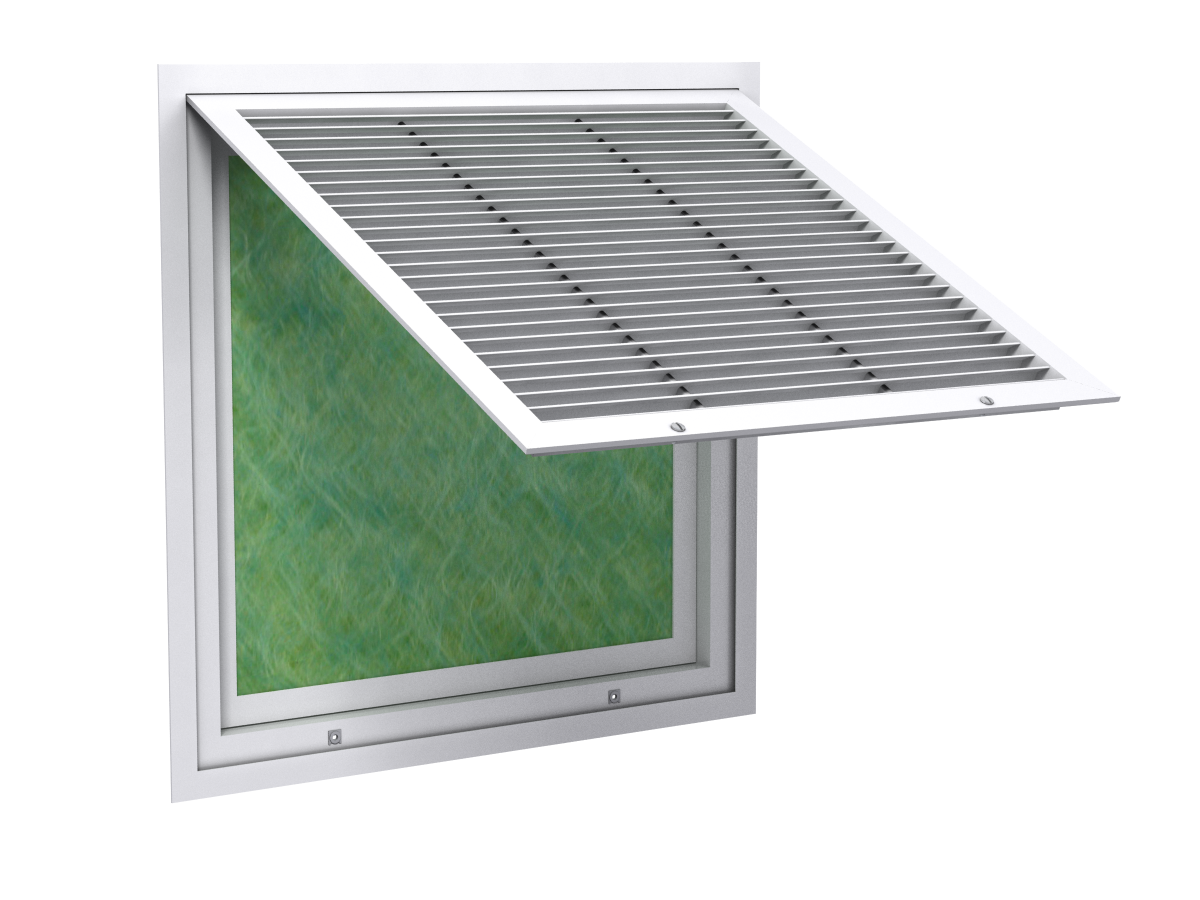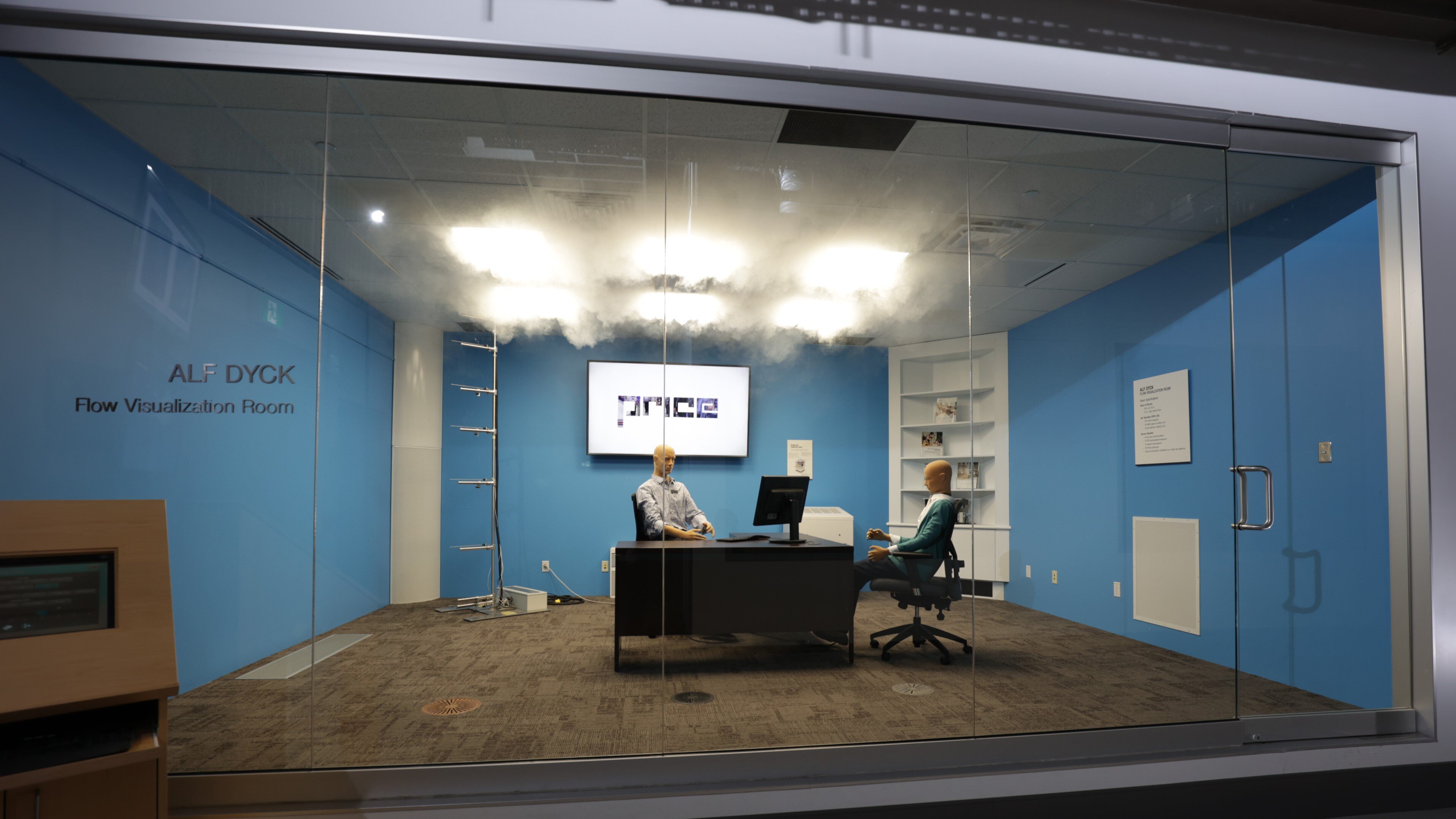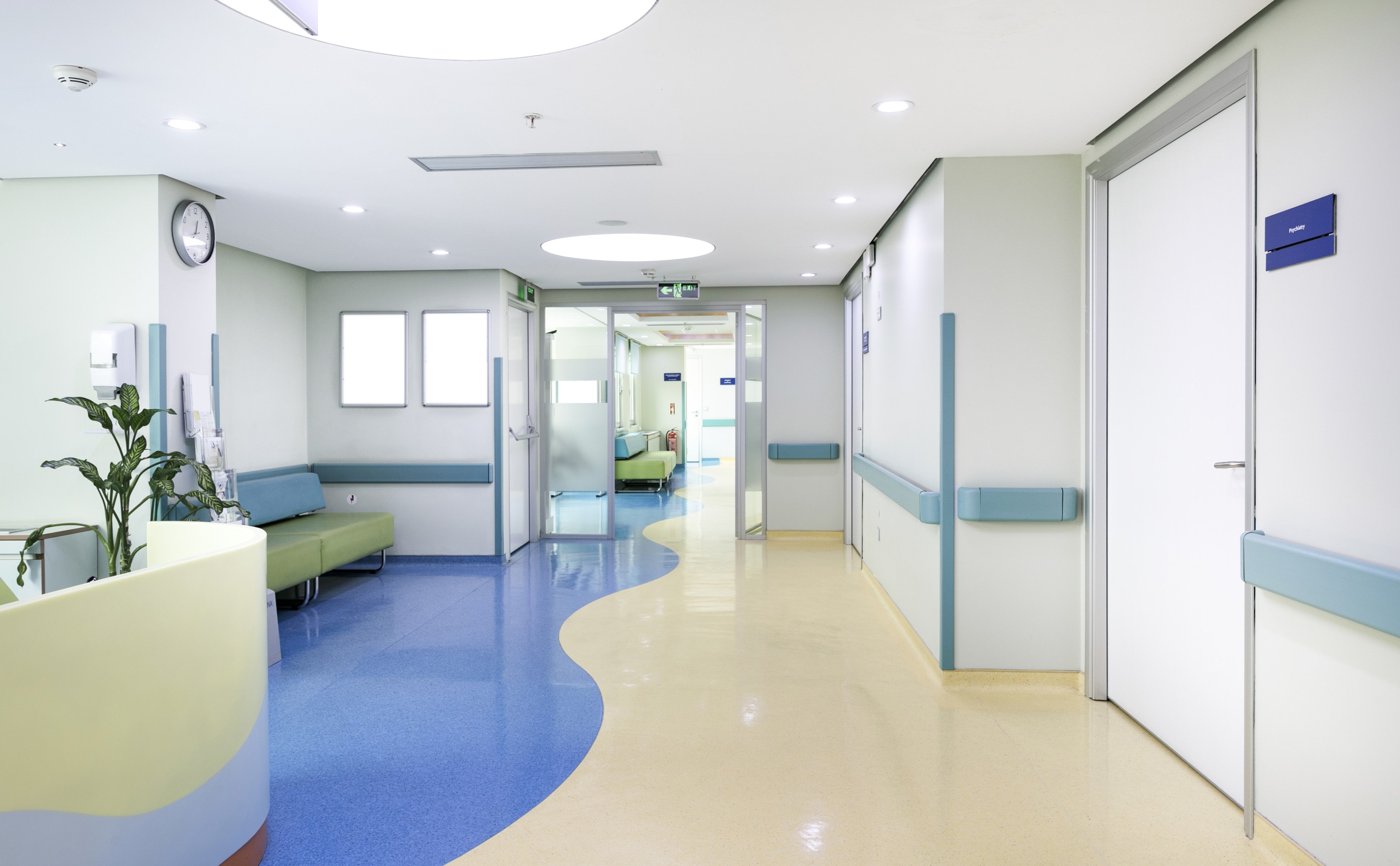Designed to Simplify Your Install
Price Industries is proud to be a Gold Associate Member of the Sheet Metal and Air Conditioning Contractors’ National Association (SMACNA). In our SMACNA Highlight blog series, we’ll be featuring news, tips and tricks tailored to the skilled contractors who install, coordinate and deliver HVAC systems across North America.
Read More
Topics:
GRD,
Grilles,
HVAC,
Contractors
Cool Tips and Hot Takes for Air Distribution Design
At Price, we pride ourselves on our contributions to The Science of Comfort™ (we have the phrase trademarked, after all). If you’re a regular reader of the blog, you’ll understand the rigorous testing and research behind all the air distribution solutions we manufacture. Our team at Price Research Center North (PRCN) in Winnipeg, MB, is accustomed to maintaining the highest test standards and methodologies behind the data published in our catalog.
Read More
Topics:
GRD,
Diffusers,
ASHRAE 70,
Inlet Effect,
Grilles,
Static Pressure,
Pressure Drop,
Inlet Conditions,
Mock-Up,
HVAC,
Engineering,
Design Engineering,
Tech Tip
Expertly Designed With Simplicity in Mind
Filter frame grilles are an elegant solution for providing filtration on the return-air side of your air distribution system. Return grilles supplied with a filter frame make it easy to access filter media from the room side using face-operable latches.
Read More
Topics:
GRD,
Grilles,
HVAC Fundamentals,
HVAC,
Engineering,
Design Engineering,
Filtration
Determining the Right Amount of Airflow for a Space
At Price, we pride ourselves on being industry leaders in room air distribution. Our manufactured products are designed around a common goal: to keep the room air clean, dry and comfortable. This is often accomplished by blowing a jet of conditioned, fresh air through a grille, register or diffuser (GRD) throughout a room to properly ventilate it.
Read More
Topics:
GRD,
Diffusers,
Grilles,
Displacement,
Underfloor,
Thermal Comfort,
HVAC Fundamentals,
HVAC,
Engineering,
Design Engineering,
Tech Tip
A Look at Air Distribution and Patient Safety Standards
Patient care is constantly evolving, and these changes impact how we design spaces within psychiatric care facilities – including the components for air distribution systems. Patient health and safety is at the forefront of design considerations, but a challenge faced by many HVAC designers is a lack of guidance as to what types of air inlets and outlets should be installed in these unique spaces.
Read More
Topics:
GRD,
Diffusers,
Grilles,
HVAC,
Engineering,
Design Engineering


